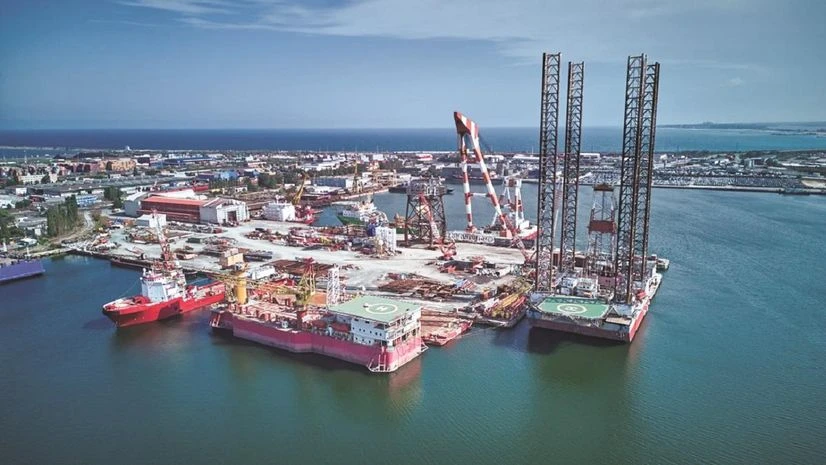Sagarmala Programme 2.0: Driving India’s Port-Led Maritime Growth and Connectivity

Context:
The Sagarmala Programme, launched in 2015 by the Ministry of Ports, Shipping and Waterways (MoPSW), is India’s flagship initiative for port-led development. Recently, the government has unveiled Sagarmala 2.0 with a budgetary support of ₹40,000 crore to enhance shipbuilding, repair, recycling, and bridge infrastructure gaps across coastal states and Union Territories (UTs).
Key Highlights:
- Project Scale & Investment:
- 839 projects identified under Sagarmala, with a cumulative investment of ₹5.79 lakh crore.
- 272 projects focus on rail and road connectivity to ports; 74 completed, 67 under implementation, 131 stalled due to land acquisition and coordination issues.
- 119 projects worth ₹9,406–₹10,000 crore undertaken across coastal states/UTs to enhance connectivity, Ro-Ro/Ro-Pax ferry services, and coastal infrastructure.
- Sagarmala 2.0:
- Aims to leverage ₹12 lakh crore in investments over the next decade.
- Focus areas: shipbuilding, repair, recycling, port modernization, maritime startups, and coastal economic growth.
- Encourages Public-Private Partnership (PPP) and fosters private sector participation.
- Strategic Significance:
- Reduces logistics cost and enhances efficiency for domestic and international trade.
- Supports port-led industrialisation through Coastal Economic Zones (CEZs) and greenfield ports like Vadhavan.
- Strengthens India’s maritime sector, contributing to Viksit Bharat 2047 and Atmanirbhar Bharat visions.
- Challenges:
- Land acquisition and inter-agency coordination delays.
- Hesitation of private investors due to regulatory uncertainties.
- Implementation gaps in connectivity projects critical for cargo movement.
- Impact:
- Coastal shipping has grown by 118%; inland waterway cargo by 700%.
- 40 lakh+ passengers benefitted from Ro-Pax ferries.
- Nine Indian ports feature in the world’s top 100 container ports, Vizag in top 20.
- Expected creation of lakhs of direct and indirect jobs in port and maritime sectors.
Analysis:
- Economic: Sagarmala enhances port efficiency, reduces logistics cost, and strengthens India’s EXIM competitiveness. Coastal Economic Zones attract industrial investment, boosting manufacturing and exports.
- Strategic: Improves India’s maritime security and global maritime influence by modernizing ports and integrating them with hinterlands.
- Environmental & Social: Promotes eco-friendly inland waterways, sustainable coastal community development, skill generation, and livelihood for fishermen.
- Policy Implications: Emphasizes multi-modal connectivity, private sector participation, and aligns with national priorities like Blue Economy, Atmanirbhar Bharat, and Viksit Bharat 2047.
Conclusion:
The Sagarmala Programme is a cornerstone of India’s maritime and port-led development strategy. While achievements are significant, addressing land acquisition, regulatory, and coordination challenges will be critical for timely execution of ongoing and future projects under Sagarmala 2.0, ultimately positioning India as a global maritime power.
Updated - Mar 19 2025 ; 8:28 PM | Business Standard